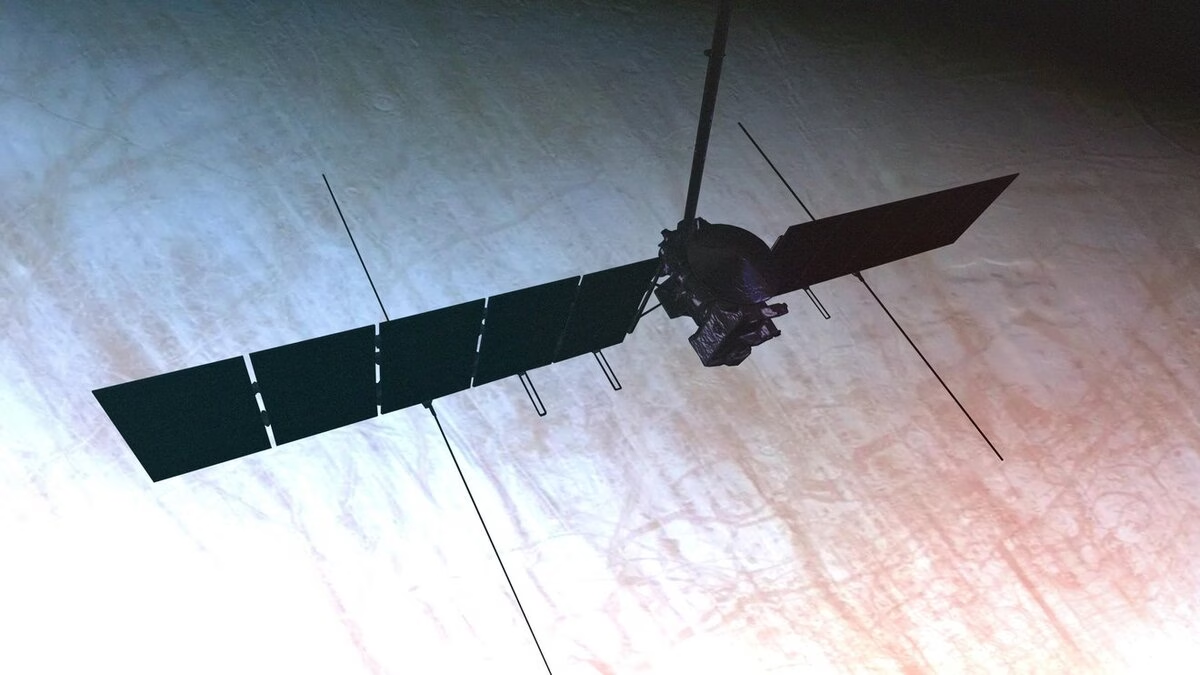[Síguenos ahora también en WhatsApp. Da clic aquí]
Mexican journalist Manuel Ortiz Escamez said in Aristegui Live his journey through the streets of Lebanon with journalist Temoris Greco to document first-hand what is happening in this area where The bombing stopped only after the ceasefire came into force. agreement between Israel and Hezbollah at 4:00 am this Wednesday.
The purpose of the trip to Lebanon was make the conflict visible against the prominence of other information internationally, such as the American transition, and document the situation displaced persons and refugees in the region.
“What we have experienced in recent days has been quite intense. so to speak. Yesterday, as negotiations continued and negotiations continued, Israel intensified attacks across Lebanon, but especially in Beirut, where 30 explosions were recorded “in a relatively small city.”

Photos: Manuel Ortiz Escames, Mexican journalist. For Aristegui Noticias, in collaboration with Global Exchange/Social Focus/Open World
“Wherever you moved in Beirut yesterday “explosions were heard” said. However, despite the ceasefire agreement, the Lebanese National Agency announced this Wednesday that Israeli army soldiers shot dead two journalists on the Lebanese side.
A Mexican journalist pointed his camera at the Shatila area, where In 1982, the Lebanese Phalanx of Christian origin carried out a massacre of Palestinian refugees. who were in this place, as well as in the Sabra area. A massacre that Ortiz recalls had the support of the Israeli state.
“I immediately talked to these people, most of whom were refugees, and at that moment explosions everywhere The floor shakes wherever you are. We’ve had a lot of bombings here, but not like yesterday where these attacks were everywhere you went,” he said.
“And the ceasefire was close. It seemed that Israel wanted to destroy everything they could. cause as much damage as possible before the ceasefire. The attacks occurred throughout the night. Also here, 24 hours a day, you can hear a hum that is impossible to see regularly. Yesterday I saw it for the first time, it is shaped like an airplane, not like the drones we imagine with four rotors,” he said, and that on Tuesday it was flying “very low.” Military planes also flew over Beirut.
“So this is it What happened yesterday during the day and night was quite strong.. The ceasefire agreement took effect at 4:00 am. Thousands of internally displaced people have begun to move to the south, where both Lebanese and Israeli authorities have indicated that this is an unsafe area,” he said.
“Thousands of people are moving, the streets are crowded. On the one hand, this ceasefire is being celebrated all day today, which is a respite, but on the other hand, people are desperate and are also trying to return to their homes,” the journalist said.

Photo: Manuel Ortiz Escames, Mexican journalist. For Aristegui Noticias, in collaboration with Global Exchange/Social Focus/Open World
“This is brutal destruction” Ortiz said, adding that even journalists had to take shelter from increased bombing hours before the ceasefire.
On Wednesday morning, a Mexican journalist went with a group of reporters to the south of Beirut, where was able to witness the devastation and mixed feelings among the Lebanese, who oscillate between the joy of a ceasefire that feels like a respite and the effect of the complete destruction of their homes in the context of overcrowded shelters and hospitals.
“I went to the general hospital today and also yesterday. “I talked to doctors and they told me that hospitals can no longer accommodate more people,” – he pointed out. Most of those who end up in hospitals have burns, although they have also seen mutilated people.

Photo: Manuel Ortiz Escames, Mexican journalist. For Aristegui Noticias, in collaboration with Global Exchange/Social Focus/Open World
Ortiz mentioned that It is not yet known how many people have died in recent hours as a result of the explosions. Because many buildings were destroyed as if there was an earthquake.
“The panorama is like an earthquake […] The buildings are completely destroyed, there are rubble, cars are trying to remove the garbage. In time, they tell me, we will know more or less exactly how many people died in the areas where bodies are still buried.”
The journalist recalled that This is just a 60-day truce. and that although Lebanese society is divided into religious groups such as Shiites, Sunnis and Christians, there is a general feeling of helplessness and anger at Israel’s actions, both in Lebanon and the Gaza Strip.

Photo: Manuel Ortiz Escames, Mexican journalist. For Aristegui Noticias, in collaboration with Global Exchange/Social Focus/Open World
In this sense, he believed that Israel’s increased attacks on Lebanon in its conflict with Hezbollah whose purpose was to cause civil strife between existing religious groups, something that didn’t come true.
In Beirut they are also talking about what is happening in the Gaza Strip. “This is another question why Hezbollah entered into this conflict, because there were several of them with Israel. Gaza is a topic that is talked about a lot. “We talk in bars, restaurants, everywhere we talk about the genocide that’s happening in Gaza, and that’s part of the irritation that’s also shared by people called Christians who are also very angry at Israel.”
And if the Israeli government of Benjamin Netanyahu intended to provoke an internal conflict in Lebanon, “It didn’t work for him.”
Watch the full interview:

















